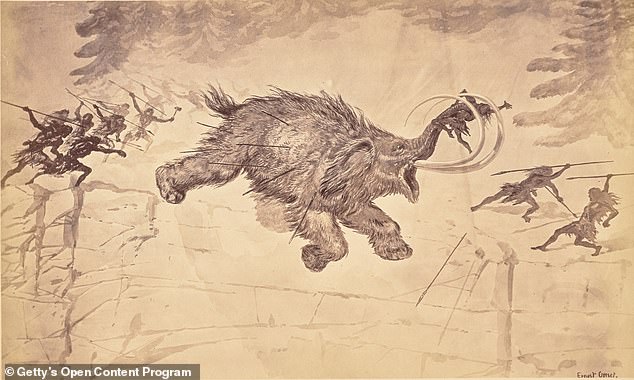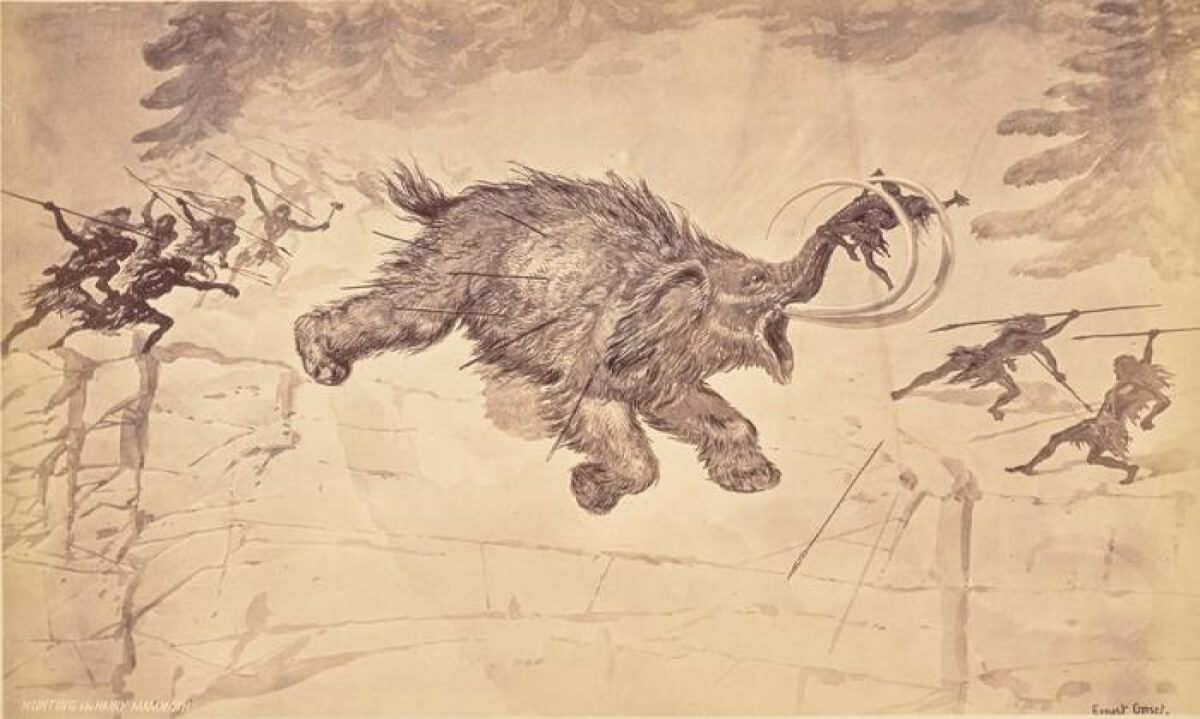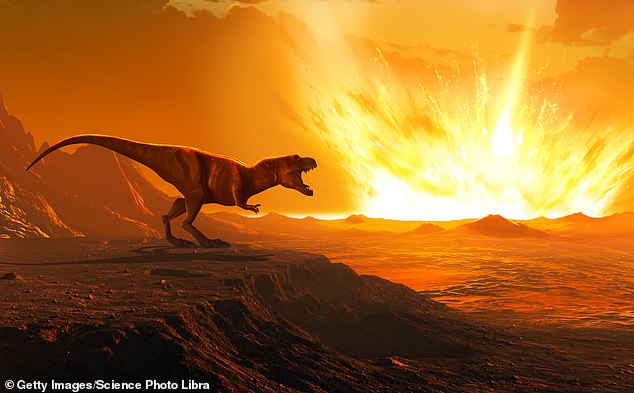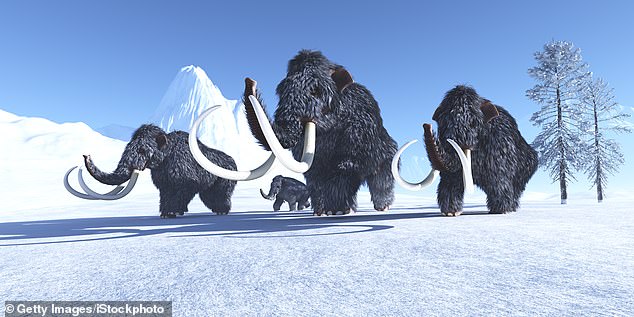The mystery of what led to the extinction of large animals 50,000 years ago is SOLVED
Scientists have long debated why woolly mammoths, giant sloths and 44 giant plant-eating ‘megaherbivores’ went extinct starting around 50,000 years ago. Some paleontologists, biologists, and others have argued that drastic climate change events during the last two ice ages were responsible for the extinction of these majestic creatures. But a new study has found another … Read more



